The World's 6 Smallest Mammals
Intro
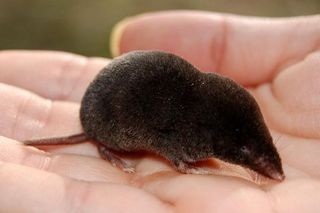
The smallest mammals in the world may appear cute and defenseless, but their teensy size helps them do much more than just look adorable. From climbing across delicate branches while hunting for insects to dodging predators by hiding in thin crevices, their petite frames work to their advantage.
What's the smallest mammal, and how does it measure up? Life's Little Mysteries counts down...
Pygmy possum
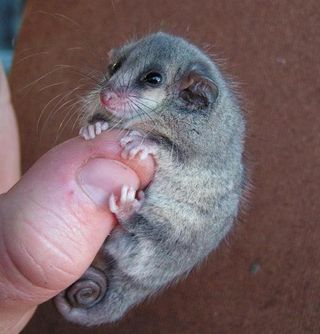
Although it looks like it's more likely to be related to a chinchilla than a kangaroo, the pygmy possum (Cercartetus nanus) is part of the marsupial family, which also includes wombats, Tasmanian devils and koalas. Ranging in lengths between 2 and 4 inches, pygmy possums weigh 10 to 45 grams.
Like their larger possum cousins, pygmy possums are nocturnal and use their tails to hang upside-down from trees. They can be found in Australia, Papua New Guinea and Indonesia. During the winter, the petite possum rolls into a tight ball, covers its eyes with its ears and enters torpor, or temporary hibernation. During this time, its body temperature and metabolism is reduced so that it doesn't need to eat, instead receiving nourishment from the fat stored in its tail.
American shrew mole

Weighing in at 10 grams the equivalent of two nickels the American shrew mole (Neurotrichus gibbsii) is about 2 and a half inches long, with a 1-inch-long tail. It is also known as Gibb's shrew mole and lives in the moist forests of the northwestern United States and southwestern British Columbia.
Like other moles, the American shrew mole has a long snout with a flattened tip and sharp, pointy nails on its paws for burrowing. Unlike its mole relatives that spend most of their lives digging underground tunnels, however, the American shrew mole can often be found foraging for food above ground. It is also able to climb bushes to hunt for insects.
Pygmy jerboa
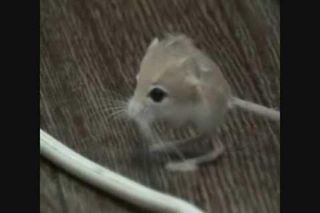
The pygmy jerboa hopped into the spotlight when it became a viral YouTube sensation in 2010, looking like a cross between a mouse and a baby kangaroo. The tiny, hyper creature is the world's smallest rodent, weighing in at about 3 grams. The average pygmy jerboa is 2 inches in length, with a tail that's 3 to 10 inches long.
The pygmy jerboa (Salpingotulus michaelis) is native to Pakistan and Afghanistan, but 25 different species of jerboa live across Central Asia and China. In fact, one of its species, the the long-eared Euphrates jerboa (Allactaga euphratica), is so beloved in Afghanistan that the government dedicated a stamp to the rodent in 1989.
Etruscan shrew
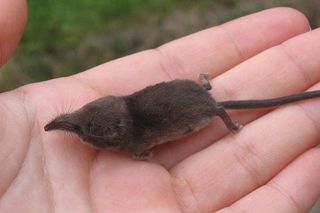
The Etruscan shrew (Suncus etruscus) weighs only two grams, or less than the weight of a dime. It can grow to a length ranging between 1.5 to 2 inches and that's not including its tail, which is one third of its body length. When you add the tail, it stretches to approximately 2.3 inches.
This small shrew has a huge appetite, routinely eating as much as twice its own body weight every day. It also has an incredibly fast heart rate, beating up to 25 beats per second, or 1,500 beats per minute. By comparison, the human heart beats an average of 72 beats per minute. Etruscan shrews prefer to live in moist, grassy fields, and are widespread from Southern Europe and North Africa, through parts of the Near East and Arabian Peninsula, Central Asia and South Asia.
Bumblebee bat
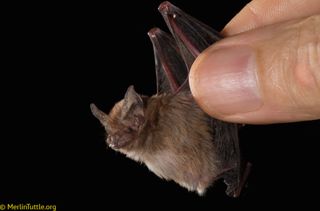
The smallest mammal in the world is the bumblebee bat (Craseonycteris thonglongyai), weighing in at just barely 2 grams and measuring 1 to 1.3 inches in length, about the size of a large bumblebee. Discovered by Thai zoologist Kitti Thonglongya in 1974, it's also known as Kitti's hog-nosed bat because of its pink, pig-like snout.
The tiny bat lives in caves in parts of western Thiland and Myanmar (also known as Burma), where it lives in colonies, usually with fewer than 100 bats.
Mouse lemur
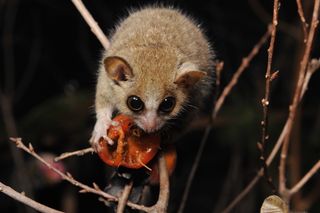
The mouse lemur, a species unique to Madagascar, is the world's smallest primate. There are 18 known species of mouse lemur, but on average, they weigh between 1.5 and 3 ounces, according to the Duke Lemur Center. These primates forage for food at night, looking for insects (mostly beetles), fruit, flowers and leaves, the Duke Lemur Center reported.
Sign up for the Live Science daily newsletter now
Get the world’s most fascinating discoveries delivered straight to your inbox.
